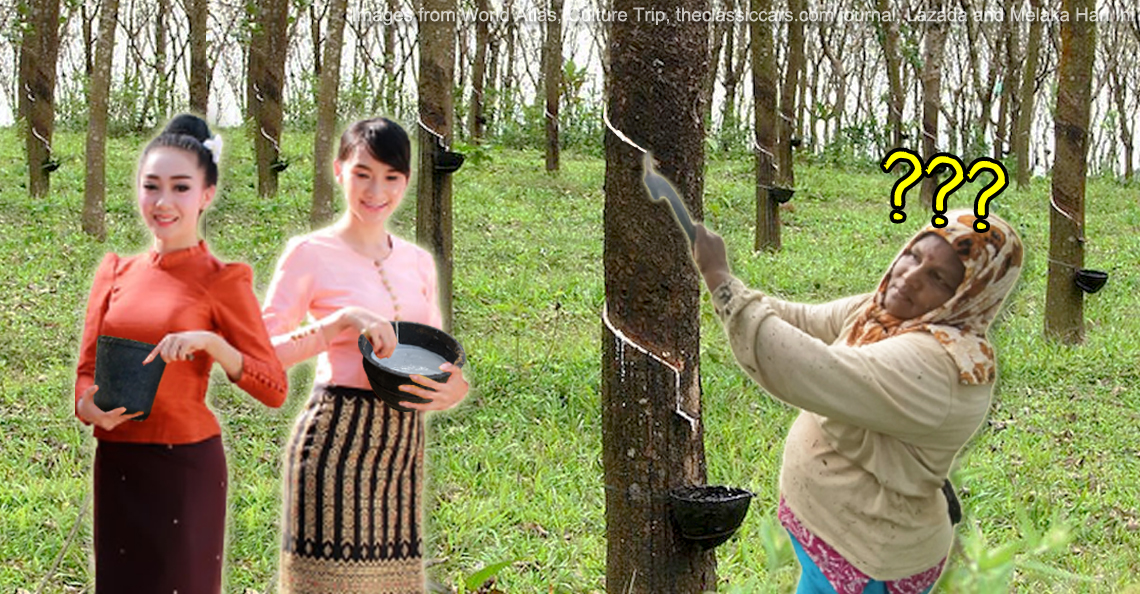The history of the Senoi Praaq, the PDRM unit made up of Orang Asli fighters
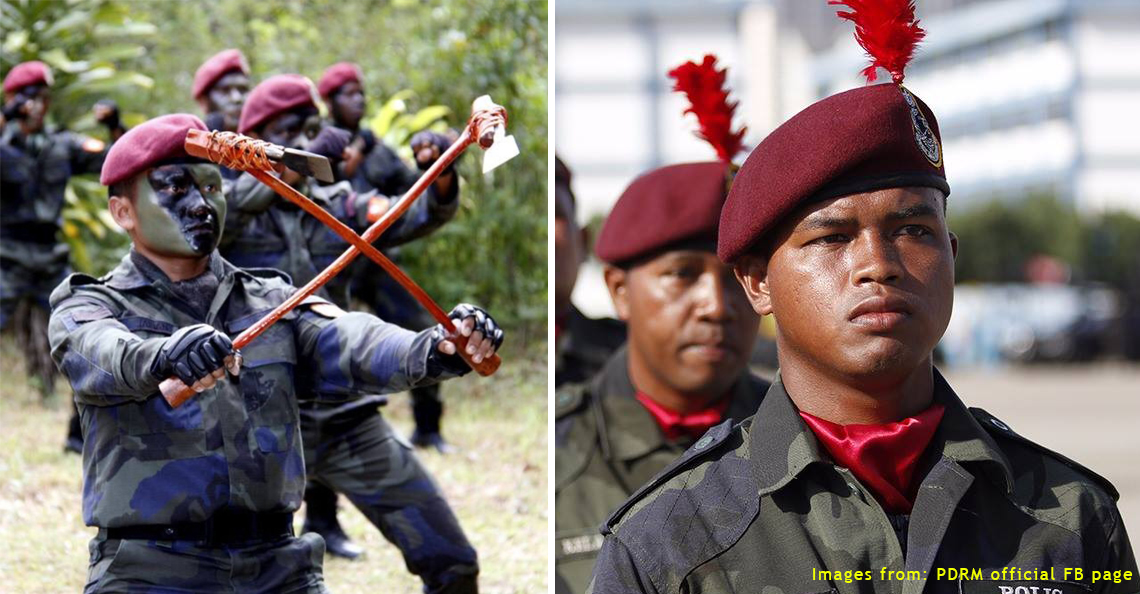
- 3.0KShares
- Facebook3.0K
- Twitter4
- LinkedIn1
- Email6
- WhatsApp31
When the Malayan Communist Party began waging war from the jungles of Malaya during the insurgency, it was all hand on deck for the British. With the fight now brought into the jungle, the British decided to turn to local expertise to flush them out, and so jungle specialists were needed.

And one local police unit stood head and shoulders over the rest when it came to jungle warfare: PDRM’s Orang Asli guerrilla unit, the Senoi Praaq. Dubbed ‘tough nuts’ by the British officers who worked alongside them, the legendary unit’s ferocity, strength, and superior knowledge of the jungles were instrumental in Malaya’s hard-fought victory over the communists.
So who are the Senoi tribes, and what made them such fearsome warriors in the eyes of the enemy?
The Senoi tribes are native to the central part of Peninsular Malaysia
Also known as ‘sakai’ (yes, this is where that word comes from), the Senoi are one of 3 major Orang Asli groups in central Malaysia (Negrito, Senoi, and Proto-Malay), and are themselves comprised of 6 different smaller groups, which are :
With a culture deeply rooted in mysticism and spirituality, they practice shamanism and rely mostly on swidden (slash-and-burn) agriculture. For instance, the Mah Meri are known for their Genggulang dance, a deeply spiritual activity.
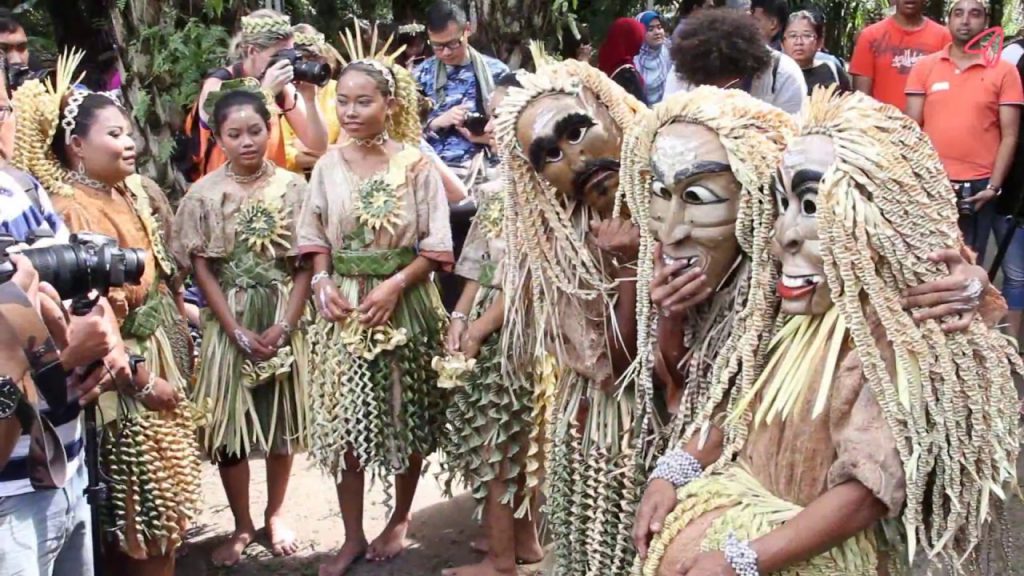
Interestingly, in 1934 the Senoi culture attracted the attention of Western psychologists studying the science of dreaming. The researcher, Kilton Stewart, who stayed with the Senoi in then-British Malaya, claimed that the tribe used lucid dreaming rituals as a form of self-development.
Although Stewart’s study has been pooh-poohed by some researchers as #fakenews, the alleged Senoi methods gathered a huge following, and went on to inspire the “dreamwork movement” of the late 20th century. For those so interested, you can read more about the Senoi Dream Theory here.
But anyway, back to how the Senoi became some of our most best fighters.
In 1956, the Senoi were called to war against the communists
When it got out that communist insurgents were living dangerously close to Orang Asli communities in the jungle, an angmoh officer and anthropology graduate from Cambridge, R.O.D. Noone, decided to recruit the Orang Asli before the communists could. He had been studying Malayan culture prior to the war and deemed that their jungle know-how was crucial in deciding the outcome of the war.
And so, the Senoi Praaq (‘war people’ in Semai), an Orang Asli unit comprising of Senoi and other Orang Asli races, was born.

Communicating either in Malay or via a translator, the British Special Air Services (SAS) trained the original group of 40 and awarded them with the coveted red beret, which, up until then, was exclusive to the SAS.
Tasked with establishing jungle control by killing or converting communist members, the Senoi Praaq displayed surprising physical strength, discipline, and willingness to follow orders. Combining their unique skills and SAS training, they established a reputation for themselves as the most ruthless unit in the police. In fact, so feared were they by the communists that the communists would take great pains to avoid them in combat!
Their exploits and abilities included:
- a penchant for stealth kills, particularly with the sumpit (blowpipe), which serves as their emblem
- expert tracking skills and a heightened sense of hearing
- out-guerrilla-ing the commie guerrillas through the use of traps called belantik
- an intimate knowledge of jungle shortcuts, which they used to surprise the enemy
- achieving a kill-death ratio of 16:1
- achieving the highest amount of communist kills of any security forces unit in 1958
“We are known for following orders without question, sometimes at our own expense.” – Rapi Bata, retired Senoi Praaq constable
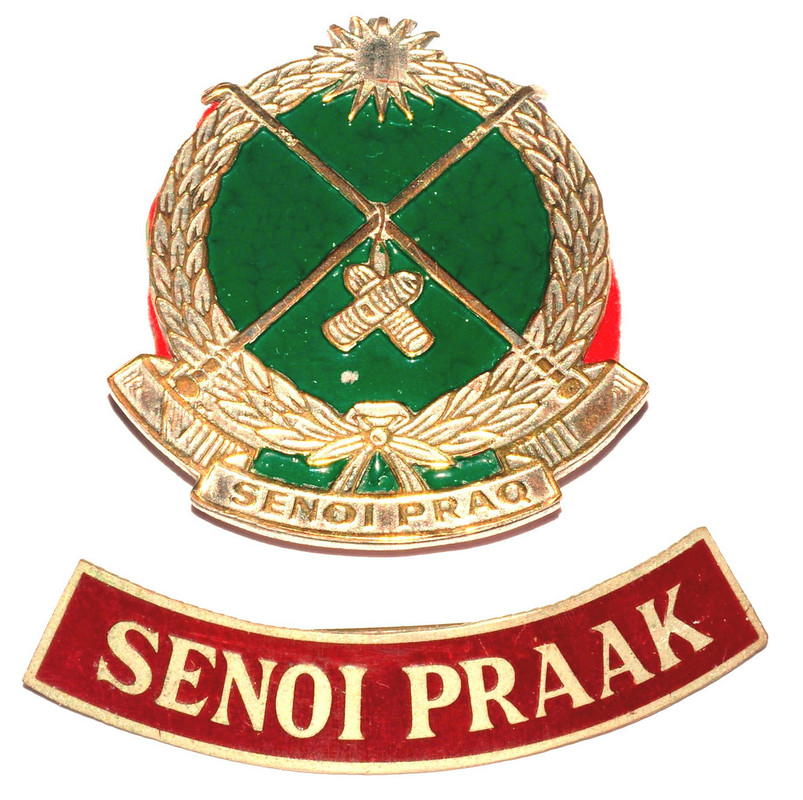
After Merdeka, the Senoi Praaq also helped overseas anti-communist operations
The services of the Orang Asli unit would not be limited to simply Malaya. In 1960, following Malaya’s independence, they were sent to the south of Thailand to convert the over 3,000-strong Orang Asli community there who had allegedly been brainwashed by Ah Soo Chye, an MCP leader fluent in Temiar.

Later in the decade, the Senoi Praaq was also apparently recruited by the CIA to assist in their overseas operations, most notably as part of the Montagnard Scouts in Vietnam, as well as a secret operation in Laos.
The Laotian mission is perhaps the definitive picture of just how tough these guys were: despite being left for dead by the CIA, they still managed to regroup and fight their way home! In fact, a book has been written about the Senoi Praaq’s legendary operations, aptly titled: ‘Death Waits in the Dark: The Senoi Praaq, Malaysia’s Killer Elite’.
Today, the Senoi Praaq is tasked mostly with hunting poachers and border patrol duties, but are still called on when their special skills are required, such as their successful tracking of four lost boys in Fraser’s Hill back in 2005, as well as the more recent case of missing Irish girl Nora Anne Quoirin, who was later tragically found dead.
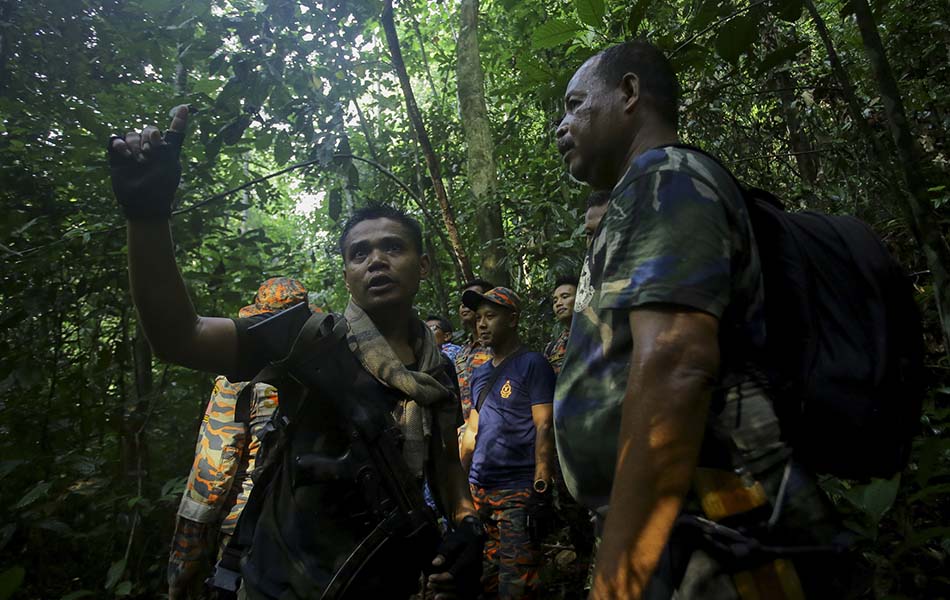
However, despite their contributions to our history…
The Orang Asli still suffer from widespread discrimination and poverty
Although the word carries a largely derogatory meaning nowadays, sakai used to be a became a blanket term for the entire Orang Asli community in pre-independence Malaya after the British labeled them as such in the national census:
‘(The Sakai man) was literally hooted by all the small boys of the kampong, who ridiculed his accents, his dress (or rather his want of dress), his walk, and everything belonging to him.’ – W.E. Maxwell, Colonial Secretary of the Straits Settlements
In actual fact, mensakai is the Senoi word for working together, similar to gotong-royong in Malay. Guess you learn something new everyday, huh?
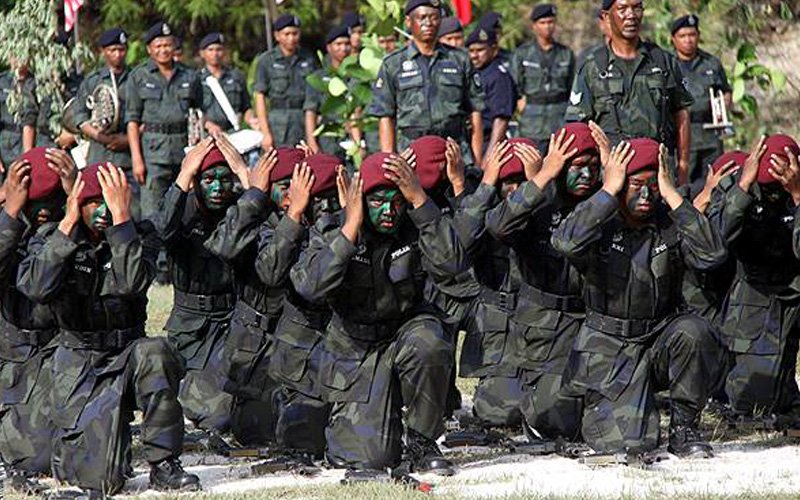
But despite the sakai having mensakai-ed for the country, they still face discrimination and oppression at every level of society. Last year, the Orang Asli community submitted a memorandum to Parliament protesting forced conversions of Orang Asli to Islam, while Orang Asli kids have to endure racist bullying and name-calling in schools:
“I was bullied. When I was in school, people used to call me Sakai bodoh (stupid Sakai). But that made me want to become smart so that they could call me sakai pandai (smart Sakai). In the end, I did indeed become a smart Sakai.” – Juli Edo, director-general of the Department of Orang Asli Department (Jakoa)
Adding to that is the fact that they are among the hardest hit by the ongoing Covid-19 outbreak, as they are among the poorest and most vulnerable communities in Malaysia. Things are made even harder due to the fact that many Orang Asli are struggling to find food as the MCO has prevented them from selling their crops. Because locals are so fearful of the virus, some have even resorted to blocking entry into their villages and fleeing into the forests. With that being said, the government has already allocated RM11 million worth of food aid to the Orang Asli, which will hopefully soften the blow.
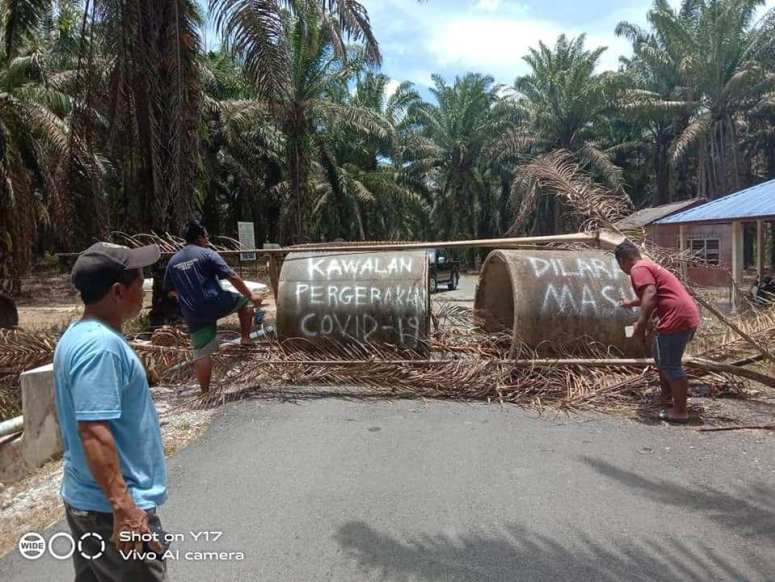
The Orang Asli have played a major role in our nation’s history, but their various contributions are often overlooked. As a precious part of our national heritage, they should be protected as they have protected us.
If you’d like more stories like this, feel free to join our HARI INI DALAM SEJARAH Facebook group!
- 3.0KShares
- Facebook3.0K
- Twitter4
- LinkedIn1
- Email6
- WhatsApp31



